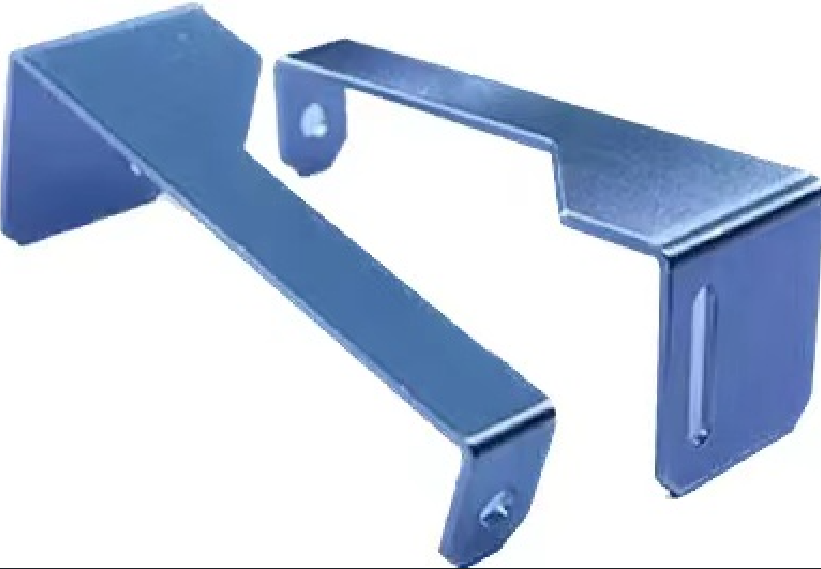Aluminum alloys are widely used lightweight materials in the industrial sector, often requiring passivation treatment to enhance their corrosion resistance and improve aesthetics. Aluminum alloy passivation is achieved by forming an oxide film on the surface of the aluminum alloy, which is commonly referred to as a passivation coating. Different aluminum alloy passivation techniques can yield passivation coatings with distinct performance characteristics. The following will highlight some of the main types.
- Chromate Conversion Coating:
- Performance Characteristics: Chromate conversion coatings are a traditional passivation method that offers excellent corrosion resistance. They typically exhibit a bright golden appearance and good conductivity.
- Applications: Chromate passivation is used in aluminum alloy parts, and it finds extensive applications in the aerospace and automotive industries.
- Sulfuric Acid Anodizing:
- Performance Characteristics: Passivation coatings produced through sulfuric acid anodizing are hard, wear-resistant, and maintain the appearance of the aluminum alloy. These coatings are usually colorless or light in color.
- Applications: Sulfuric acid anodizing is commonly used for aircraft components, electronic products, and decorative aluminum products.
- Hard Anodizing:
- Performance Characteristics: Hard anodizing produces a very robust and hard passivation coating with exceptional wear resistance. This makes it suitable for demanding industrial applications such as mechanical components.
- Applications: Hard anodizing is often employed in automotive engine parts, tools, and military equipment.
- Organic Coatings:
- Performance Characteristics: Organic coatings typically serve as a supplement to passivation coatings, providing additional corrosion resistance. These coatings can be organic polymers like paints or powder coatings.
- Applications: Organic coatings are commonly used in outdoor equipment, building materials, and consumer electronics.
The choice of aluminum alloy passivation technique often depends on the application field and the desired performance characteristics. Different passivation methods vary in terms of corrosion resistance, appearance, hardness, and conductivity. Therefore, careful selection of the appropriate technique is crucial when passivating aluminum alloys to meet the specific needs of the application.
Post time: Nov-01-2023


